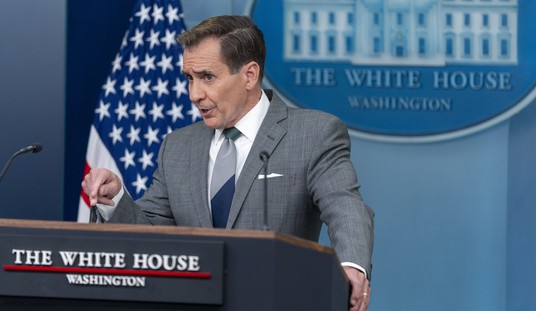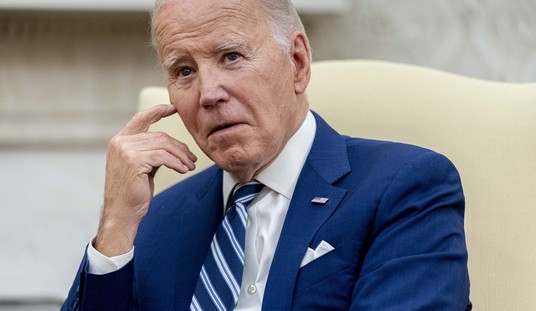The last few years of taxpayer-funded bailouts, backstops, and so-called “stimulus” spending have left Americans with a political economy in which Washington, not the market, decides where to allocate capital. Until now, Washington’s interventions have been put together in haphazard fashion – $300 billion here, $700 billion there, etc. But under the guise of “financial reform,” Democrats last Friday unveiled their plan to make this political economy permanent.
As the language of the 2,000-page Dodd-Frank financial regulatory reform package was finalized, Sen. Chris Dodd (D-CT) channeled Speaker Pelosi’s now-infamous line about ObamaCare. According to The Washington Post, a teary-eyed Sen. Dodd proudly proclaimed:
“No one will know until this is actually in place how it works.”
While Sen. Dodd’s comment speaks volumes about the endless unintended consequences of this legislation (and the fact that Democrats really don’t know what they’re doing), he is not entirely accurate. There are quite a few things we already know about how Dodd-Frank will work.
Winners and Losers – Instead of using and enhancing existing legal structures like the bankruptcy process, the bill gives broad new powers to the same bureaucrats who failed to see the current crisis forming. These powers include the ability to takeover and break up private companies with little or no reason (Sections 113, 165, 203, and 210). The Executive Branch would have every opportunity to abuse these powers to pick winners and losers for political reasons.
Taxpayer Bailouts – Taxpayers will pay the costs of these takeovers upfront out of the Treasury (Section 210). This taxpayer bailout is supposed to be paid back later by other financial firms, but the five biggest banks in the country alone reported more than $8.5 trillion in assets as of March 31, 2010. The cost of another financial crisis could quite conceivably rise to trillions of dollars – making the prospect of repayment unrealistic.
Consumer Restrictions – The bill creates a “Consumer Financial Protection Bureau” (CFPB) with jurisdiction over all sorts of financial products offered by banks and non-banks (Sections 1002 and 1021). Non-bank financial products include your Sears credit card and even agreements to repay your auto mechanic or orthodontist in monthly installments. Mortgages, personal loans, payday loans and check cashing services will also be subject to new restrictions in the name of “protecting” consumers from their own choices. While there is a clear need for more responsible lending standards than were used in recent years, this CFPB will make credit more inaccessible even for credit-worthy families and entrepreneurs.
Higher Consumer Costs – To offset the cost of the bill, Democrats are levying a $19 billion so-called “bank tax” (Section 1601). Of course, banks will not actually pay these costs in the long-run – their customers will pay in the form of higher rates and fees. So say goodbye to your free checking account.
Hoarding Capital – While banks need to keep their reserves at responsible levels, the stringent new leverage restrictions dictated by politicians (Sections 171 and 616) will again leave even credit-worthy consumers struggling to get a loan.
Fannie Mae and Freddie Mac – Who? Despite their intimate involvement in the financial meltdown and their perpetual taxpayer bailout ($145 billion and counting), the bill neglects to make much-needed reforms to these failed and insolvent entities.
No one denies the need for reforms that actually address the root causes of the financial crisis (House Republicans unveiled our plan, H.R. 3310, over a year ago), but the Dodd-Frank bill doesn’t qualify.
That’s not to say it does not accomplish anything. On the contrary, this bill would institutionalize too-big-to-fail, give politicians and bureaucrats greater control over the economy, ensure a bailout-filled future, restrict access to credit, inhibit job creation, and prevent economic growth. In fact, it is exactly the type of plan you’d expect if you agree with Treasury Secretary Geithner that the U.S. economy can no longer lead the global economy. After all, a political economy driven by Washington dictates will never be able to compete with a market-based economy driven by the actions of American families and businesses.













Join the conversation as a VIP Member